Uncluttered Play
What better time to start new, healthy habits than now in the New Year? Like adults, children can become overwhelmed and even bored in cluttered spaces. Caregivers make multiple suggestions for play, but the child becomes increasingly frustrated in scanning the play space and nothing seems to appeal so the child becomes fussy and wanders off or engages in rough play. Perhaps it's time for a critical look into your child's play space.
First, try to evaluate the play environment as a whole and decide what would best appeal to your child's sensory needs: What is the lighting like? Is it soft and gentle or garishly bright? What are the colors like? Is the wall color calming and restful, over-stimulating, or somewhere in the middle? How many toys are there? I believe it's better to offer children a smaller number of quality toys that can really be enjoyed, than a plethora of toys that offer little for the senses. Are the toys made mostly of lightweight molded plastic, or do they offer more sensory feedback (i.e. knobby wooden puzzles, sensory balls, wooden train sets, etc.). These are just some of the ways to think about the play environment as a whole.
Next, decide whether all their toys need to be displayed at once. Sometimes, just cleaning the space and organizing their toys is enough to help the child settle in to play. Other times, putting current toys in storage and bringing out different ones is enough to spark excitement and curiosity. To do this, simply ask yourself if your child has looked at or played with a particular toy in the past 4 weeks. If not, place the toy into a clear storage container to be brought back out at a later date. Or, take it a step further and donate unplayed-with toys to a local charity. Some families find it helpful to set a rule: "If a new toy comes in, an old one goes out." It's a nice opportunity not only to declutter your space, but to teach children how to help others in need.
When my children were young, I found it helpful to designate parts of the playroom for different activities: the "art corner" featured a sturdy small table and chairs like this one, an easel, and simple, ready-to-use art supplies. A corner for imaginary play featured a small hanging rack of costumes and dresses (children are more likely to choose toys that aren't crumpled in a heap inside a chest), and a play kitchen. An entire wall in the room featured adequate shelving to hold puzzles, games, and bins for blocks, LEGO, Magna-Tiles, and small action figures and dolls, such as the Calico Critters.
In another corner, a small bookshelf holding select books, a blanket, and soft place to sit and read. Here, too, I kept a doll cradle with baby doll.
The storage closet held cleaning supplies on a high shelf and larger items underneath such as something for the children to climb, jump, or ride on when "the sillies" had to be released. Even a foldable gym mat will do the trick.
If your home is small and you don't have room for a designated playroom, you can still employ these ideas throughout your home. Small-space storage solutions will come in handy but, even more importantly, thinking about how the colors, lighting, and textures in your home impact your child's senses can be eye-opening and lifechanging...and not just for your little one!
When play is done and it's clean-up time, it's helpful to sing a song about cleaning up, and here's the trick: start humming the familiar melody a few minutes before you actually intend to end their play. It should make the transition for them a bit easier. It helps to play a little game, as well: "I spy a tiny doll lying on the floor, but is that her designated space?"...and, "Who can spot something on the floor that doesn't belong there?"
If you would like more advice on decluttering your child's space, we highly recommend this website and best-selling book, Simplicity Parenting, by Dr. Kim Payne.
We hope that our tips for decluttering your child's play space will bring more smiles and hours of play to your littles!
If you have any comments or tips you'd like share, please feel free!
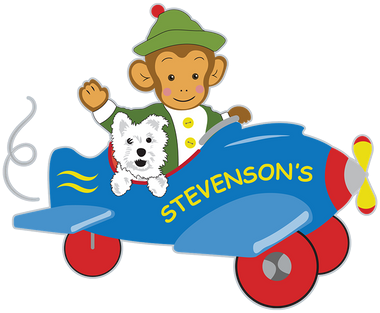

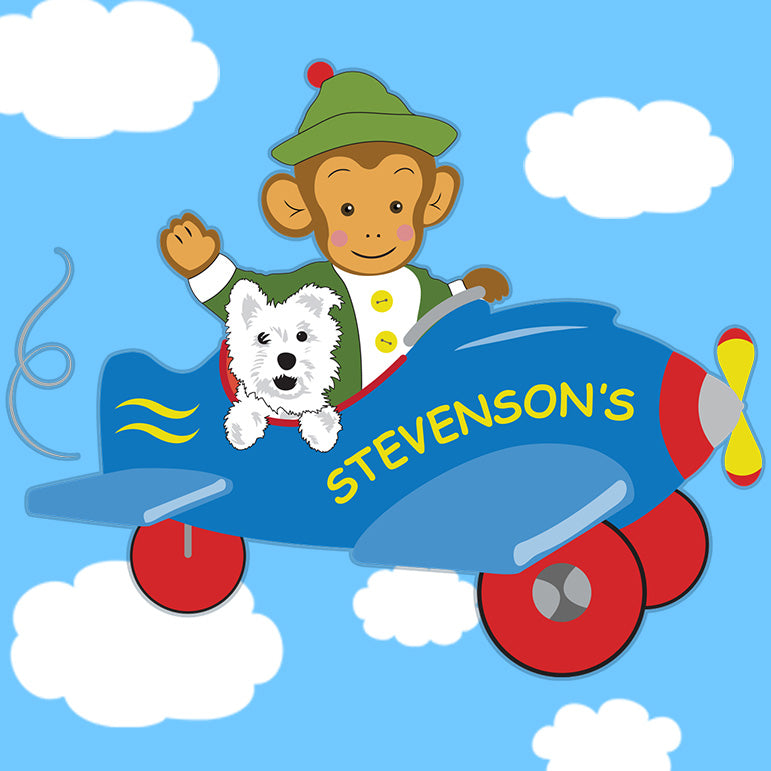
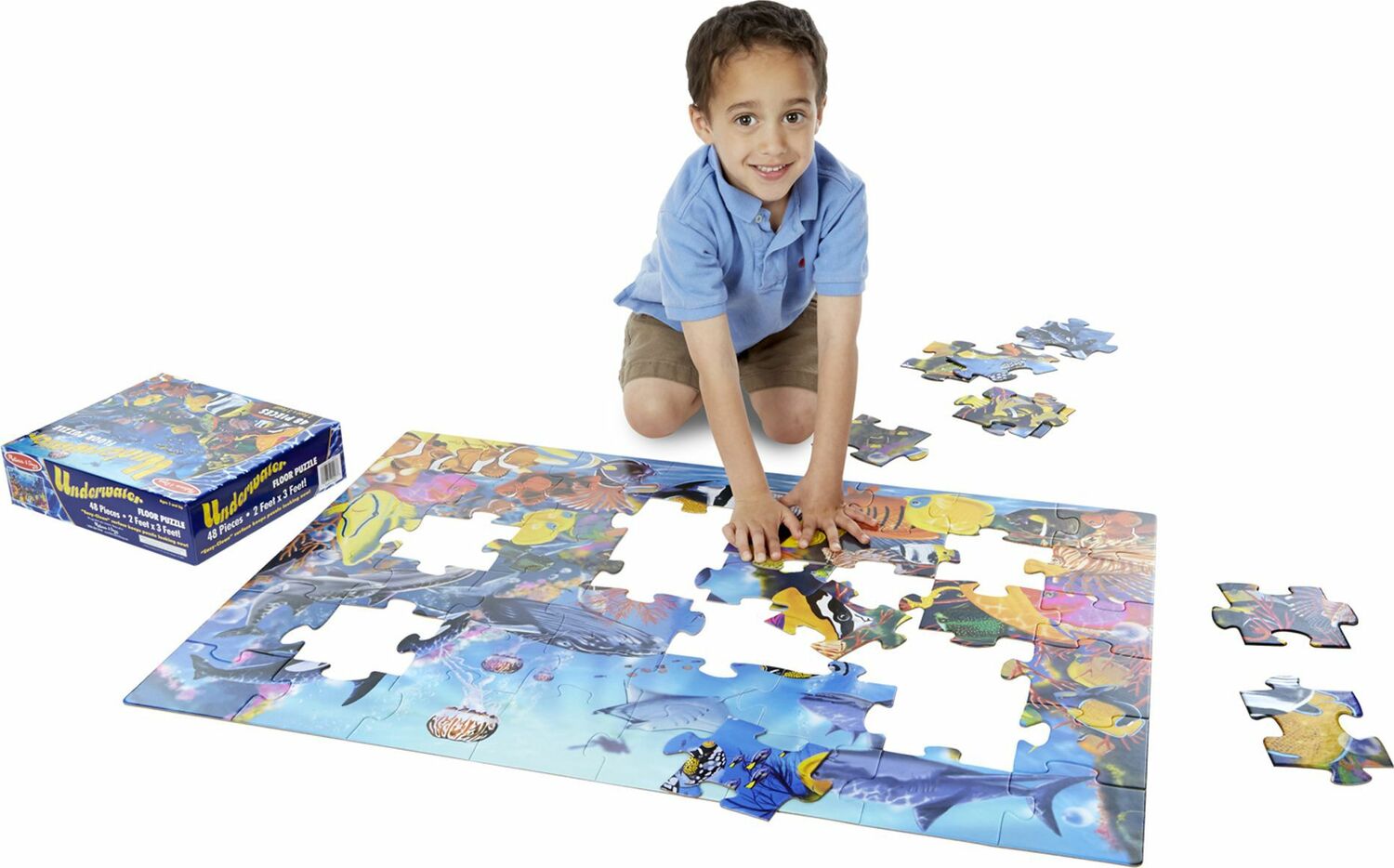
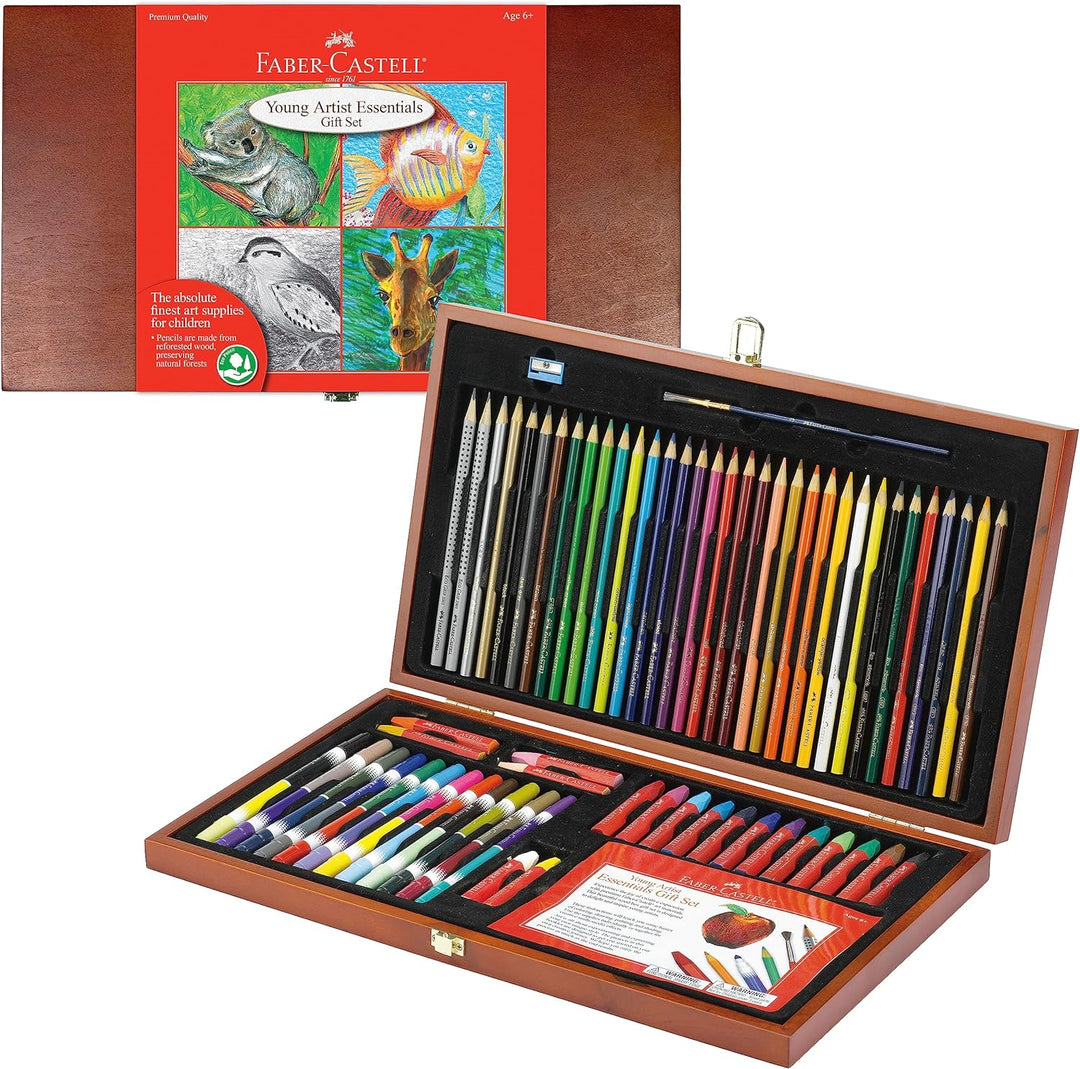
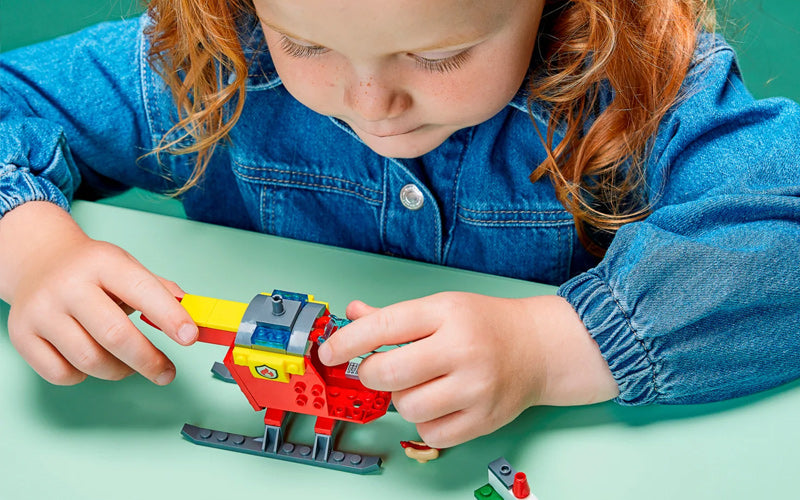
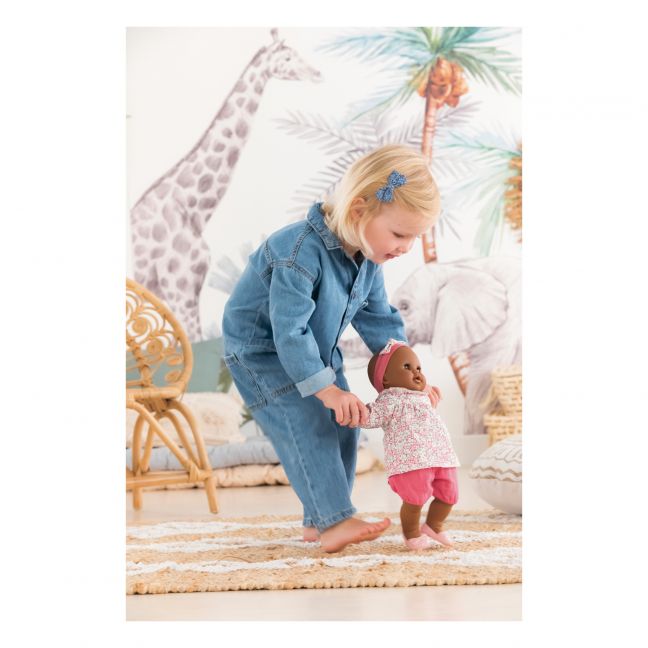
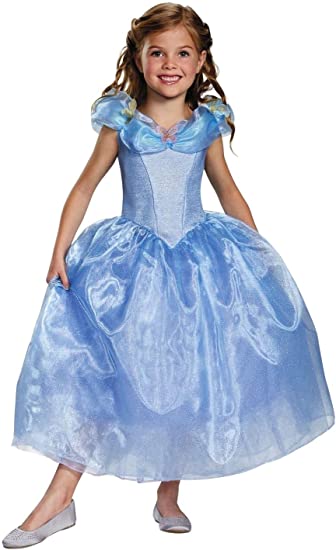
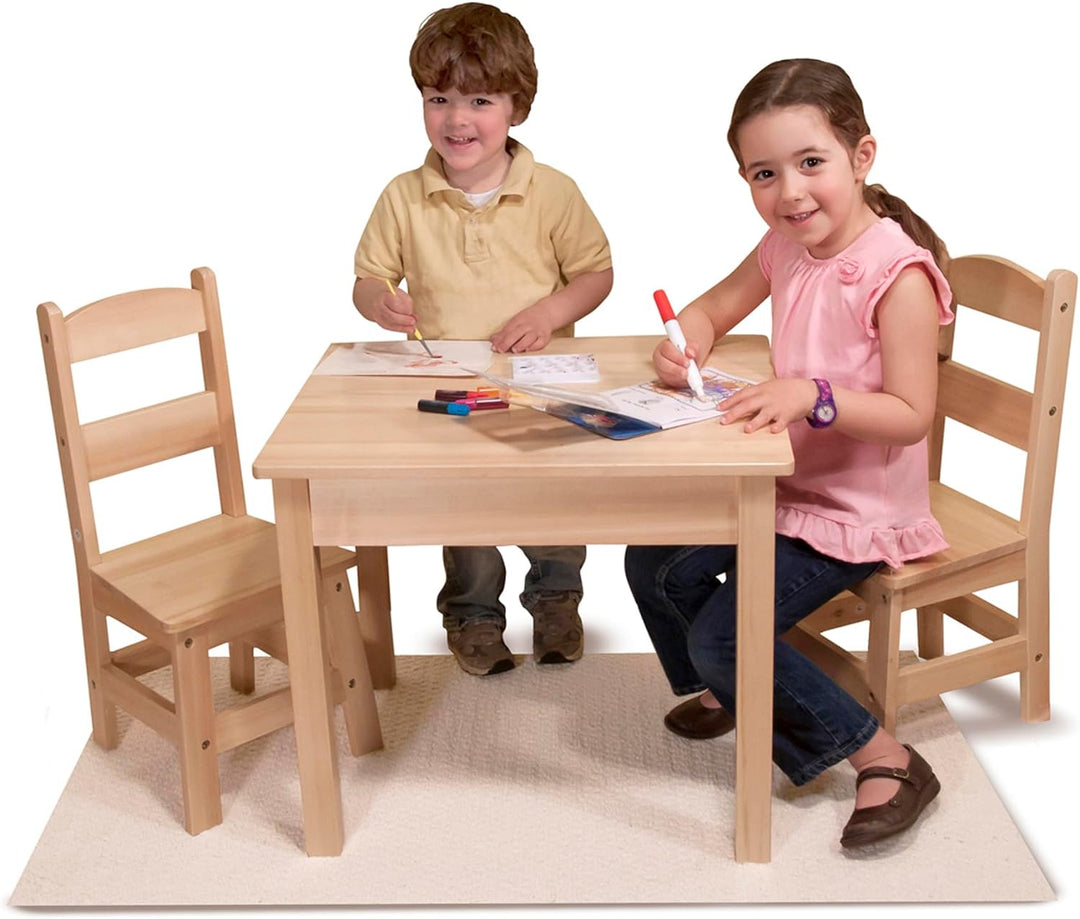
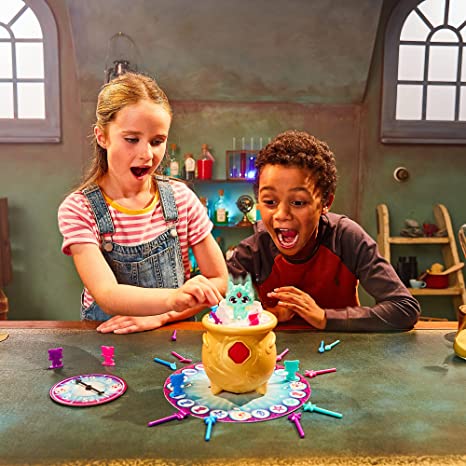
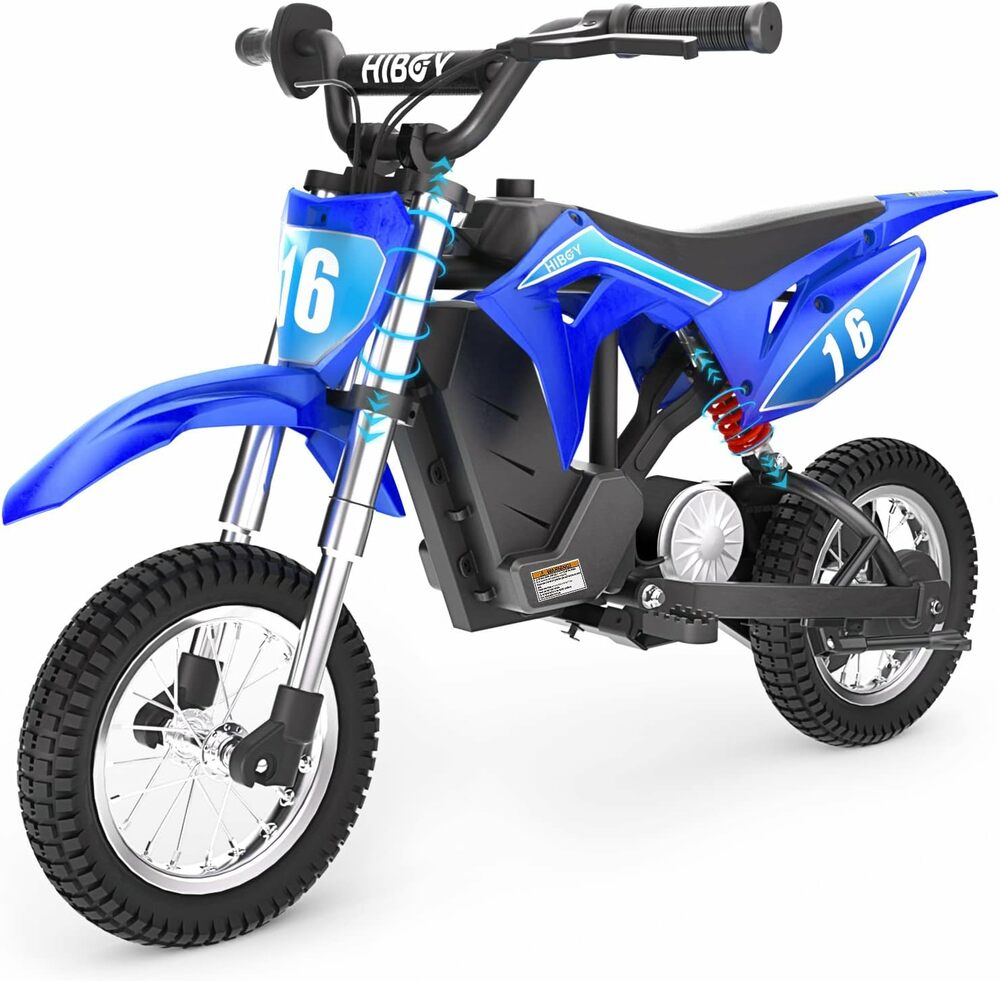
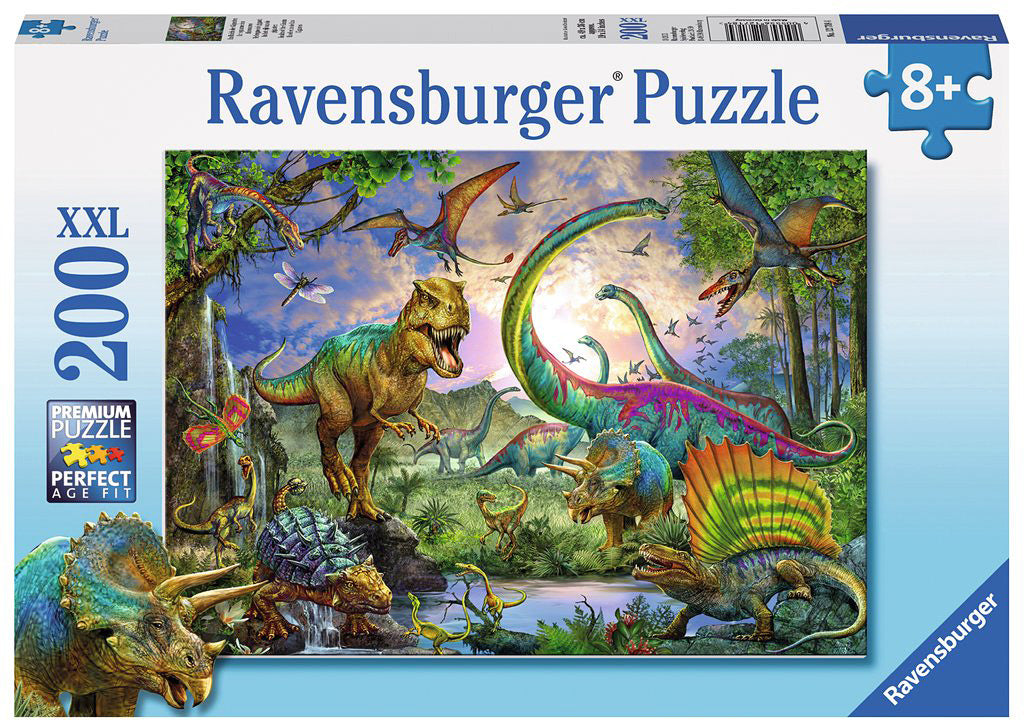
Leave a comment